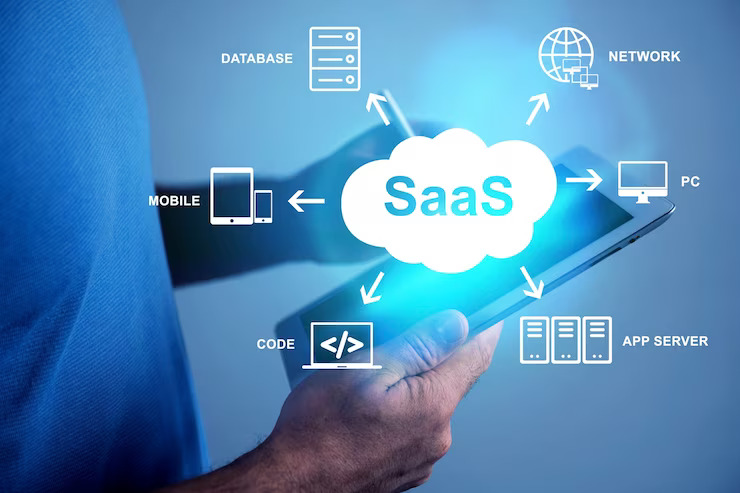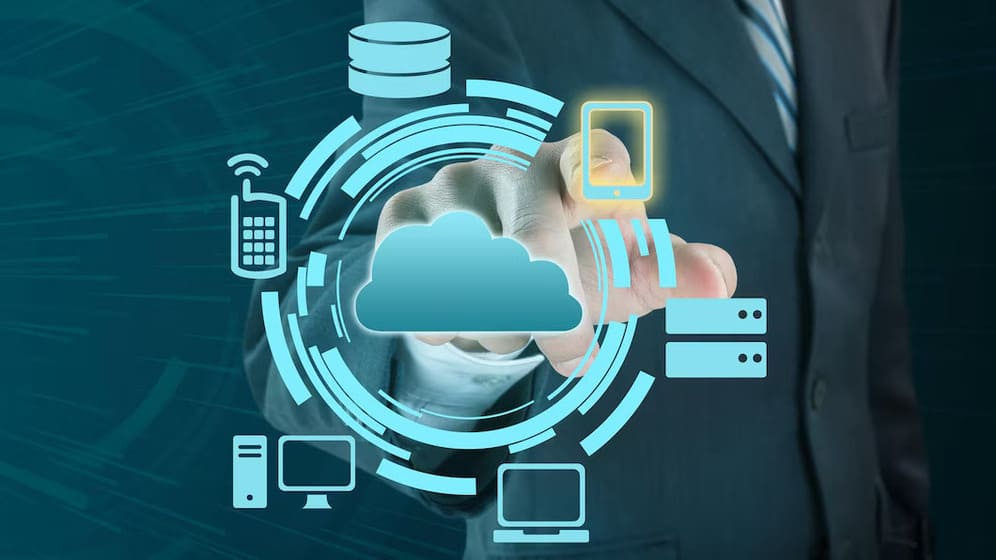The great explorer of the truth, the master-builder of human happiness no one rejects dislikes avoids pleasure itself because it is pleasure but because know who do not those how to pursue pleasures rationally encounter consequences that are extremely painful desires to obtain.
Read MoreSoftware as a service (SaaS)

Software as a Service (SaaS) is a cloud computing model that delivers software applications over the internet on a subscription basis. Instead of purchasing and installing software locally on individual devices, users access applications hosted by a third-party provider via the Internet.
SaaS applications are accessible from any device with an internet connection and a web browser. Users can access the software anytime, anywhere, making it convenient for remote work, collaboration, and on-the-go access.
SaaS follows a subscription-based pricing model, where users pay a recurring fee (monthly or annually) for access to the software. This pricing structure typically includes updates, maintenance, and support, making it predictable and cost-effective for users.

SaaS applications can scale up or down easily to accommodate changing user demands. Users can add or remove seats, features, or storage capacity as needed without worrying about infrastructure management.
SaaS providers handle software updates, patches, and maintenance tasks, ensuring that users always have access to the latest features and security enhancements without the need for manual intervention.

SaaS applications are typically multi-tenant, meaning that multiple users or organizations share the same instance of the software while maintaining data isolation and security. This allows providers to achieve economies of scale and offer cost-effective solutions to customers.
Since SaaS applications are hosted and managed by the provider, users eliminate the need for upfront investment in hardware, software licenses, and infrastructure maintenance. This reduces IT overhead and allows organizations to focus on core business activities.

Since SaaS applications are hosted and managed by the provider, users eliminate the need for upfront investment in hardware, software licenses, and infrastructure maintenance. This reduces IT overhead and allows organizations to focus on core business activities.
SaaS providers implement robust security measures to protect user data, including encryption, access controls, and regular security audits. They also ensure compliance with industry regulations and standards, relieving users of the burden of managing security and compliance on their own.









